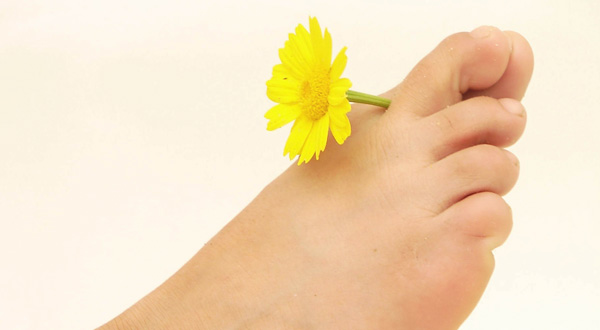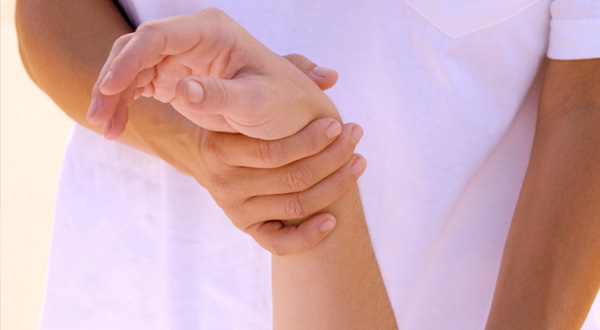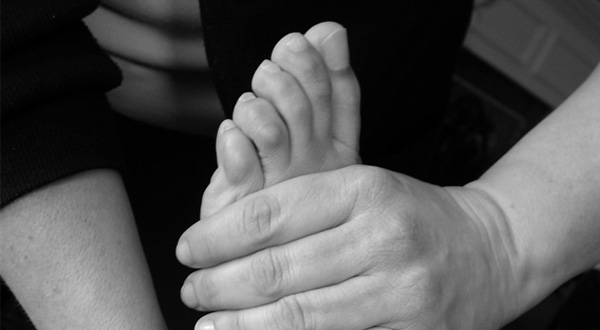Therapeutic Services
In my clinic the client comes first but we're both partners in the treatment process. Together we stand a better chance of achieving your desired results.



In my clinic the client comes first but we're both partners in the treatment process. Together we stand a better chance of achieving your desired results.



Counselling: Offering guidance to difficult personal or psychological problems. Assisting each individual or group to reach a better place in their lives.
Hypnotherapy: A complementary therapy that uses hypnosis to induce a very calm state in an individual. This leads to focused attention and increased suggestibility whereby new behaviours can be taught or old unwanted behaviours changed.
Massage: An age-old therapy to help body and mind. Whether it be for relaxation, an injury, body maintenance or self-improvement let us provide you with the right care and treatment where you matter most.
I specialise in helping clients:
Remedial Massage: A system of manipulation of the soft tissues of the body to heal injuries and headaches and relieve pain.
Deep Tissue Massage: A technique that focuses on the deeper layers of muscles to relax, soothe and improve movement.
Swedish Massage: A relaxing system of treatment using oil to relax the body. It involves the use of kneading, stroking, friction, tapping, and vibration and may provide relief from stiffness, numbness, pain, constipation, and other health problems. Many other possible benefits include stimulation of circulation and increase in muscle tone.
Myofascial Release: A safe and very effective hands-on technique that involves applying gentle sustained pressure into the Myofascial connective tissue restrictions to eliminate pain and restore motion. This essential “time element” has to do with the viscous flow and the piezoelectric phenomenon: a low load (gentle pressure) applied slowly will allow a viscoelastic medium (fascia) to elongate.
Acupressure: Is a traditional treatment from China using trigger point therapy to work on the body’s meridians to recharge energy levels and release tension.
Sports Massage: Is a specific technique to prevent injuries and assist performance for people involved in sports.
PNF Work: While it is true that PNF focuses on stretching and functional movement, it is also much more. PNF techniques help develop muscular strength and endurance, joint stability, mobility, neuromuscular control and coordination–all of which are aimed at improving the overall functional ability of patients.
Nerve Mobilization: It’s a way of thinking about the body that uses the nervous system as a frame of reference. This is often helpful whenever one is experiencing tingling, numbness and other “nervey” sensations. The length, elasticity and irritability of the nerves and spinal cord are used to guide treatment. Neural tension tests are used to physically assess nerves. Conventional tests like the straight leg raise are also often used to identify when a nerve is irritated.
Couples Massage: It’s a special way to reconnect, relax, revive and learn massage with someone you care for. It’s a perfect way to also practise and enjoy the gift of massage from a qualified therapist who can answer any questions you have. What’s safe and what’s not. What’s too much and what’s just right. Yes, you’ll learn some theory but the main focus is working on each other with guidance from an experienced therapist. It’s an shared experience for husband & wife, between life partners, mother & daughter, and boyfriend & girlfriend. It may be daunting at first but the occasion will only draw you closer together.